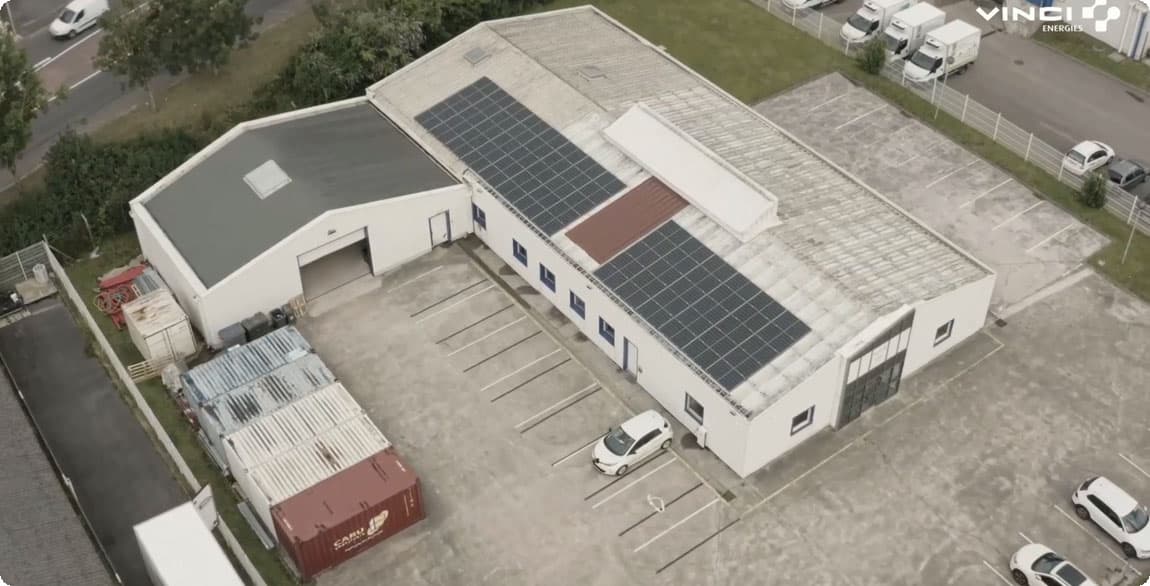
REVE – Recharge Ecologique des Véhicules Electriques
Deployment of an integrated charging solution for electric vehicles powered by renewable energy.
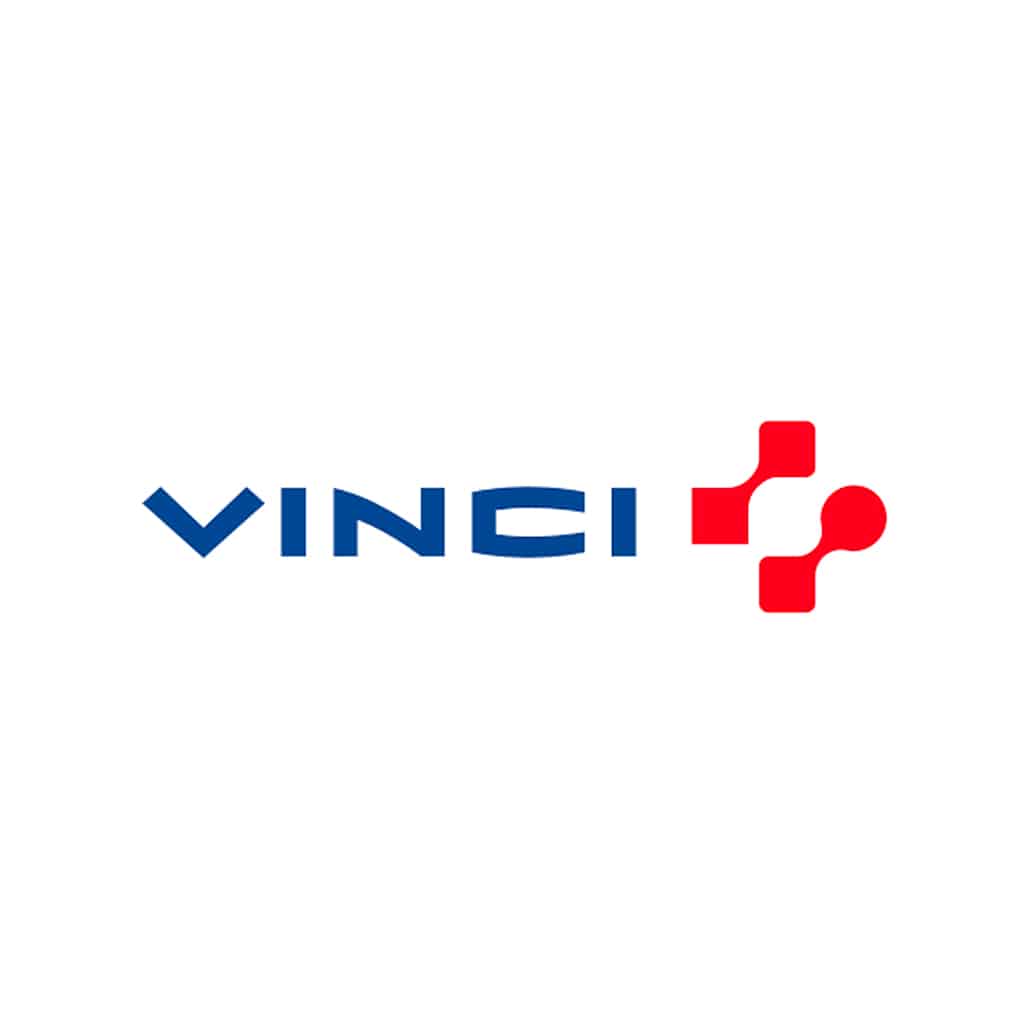
To improve the energy efficiency of buildings.
Developed by Vinci Energies business unit I.C. Entreprise, the Greenfloor system consists of a slab equipped with ducts that are embedded in the concrete; it is activated by ventilation air which serves as the sole heat-transfer medium, harnessing the building’s inertia.
This system has several advantages:
The Greenfloor solution optimises ceiling height, since the ventilated active slab is no thicker than conventional slabs, while at the same time incorporating ductwork. Air is used as a heat-transfer fluid to deliver heating or cooling to the slab, which acts as a radiant ceiling.
A further benefit of this HVAC (heating-ventilation-air conditioning) technology is the energy savings it allows compared to a conventional system. Concrete has a high heat capacity ; fresh air sent into the slab at night cools it down, and cool air is redistributes during the day. Thanks to this free cooling principle, a building requires less air conditioning; AC expenditures can be reduced by 30 to 40 % compared with fan coil units or chilled beams. In winter, Greenfloor acts as an all-air system, with a minimum air change rate. Over the entire year, it is possible to achieve total savings of 10 to 15%.
on which the project has a significant impact
Scope 3 – Reduction of grey emissions (upstream).
Less energy required to control building temperature (downstream).
Quantification : 150 kgCO2eq/sq. metre
Avoided Emissions – Less energy required to control building temperature.
Quantification : 90 gCO2eq/sq. metre
Grey emissions (i.e. not related to use) associated with conventional fan coil solutions can be assessed at approximately 60 gCO2eq/sq. metre, taking into account the materials used on average.
Additionally, less energy is required to control temperature in buildings equipped with the Greenfloor system. Considering the average French energy mix used for heating buildings and the associated emission factor (0.2 kgCO2eq/kWh), the Greenfloor solution can be deemed to reduce CO2 emissions by approximately 90 gCO2eq/sq. metre.
Vinci plans to equip a surface equivalent to 70,000 sq. metre/year.
Ultimately, avoided carbon emissions are expected to total 10,000 tonnes CO2/year for Vinci (scopes 1 and 3) and 6,000 tonnes CO2/year for customers (all other things being equal).
2 M€
January 2017
Northern and eastern France , Grand-Est and Paris area
Embedding ducts into the slabs is a fairly simple and reproducible operation. On the future VINCI headquarters project, this task was entrusted to workers in an employment-integration programme. In this sense, the project contributes to MDG 8 – Decent work and economic growth and MDG 10 – Reduced inequalities.
Gains announced (in terms of climate impact) are inherent to our solution’s design and are highly reproducible. Greater potential can be achieved through appropriate control of the system, harnessing the inertia of slabs and allowing slight temperature drifts.
The GREENFLOOR System should be considered in the very early stages of projects:
The incorporation of ducts into the reinforced slab may require additional design work.
As part of this project, VINCI worked with the CERIB (French Centre for Concrete Research and Studies) to validate the fire resistance of the concrete slab with embedded ducts; the results were then approved by the CSTB (French Scientific and Technical Centre for the Construction Industry).
guillaume.rabut@vinci-energies.com

Deployment of an integrated charging solution for electric vehicles powered by renewable energy.
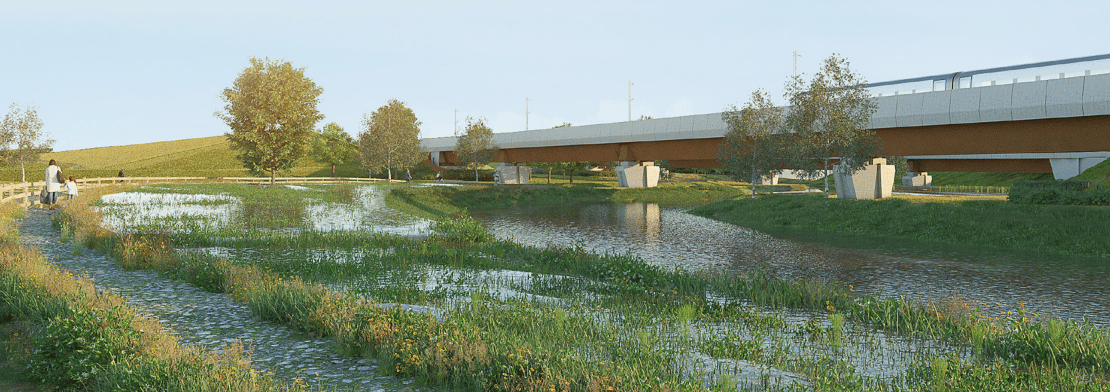
The Balfour Beatty VINCI joint-venture is responsible for the design and construction of part of Europe’s most ambitious rail project: HS2…
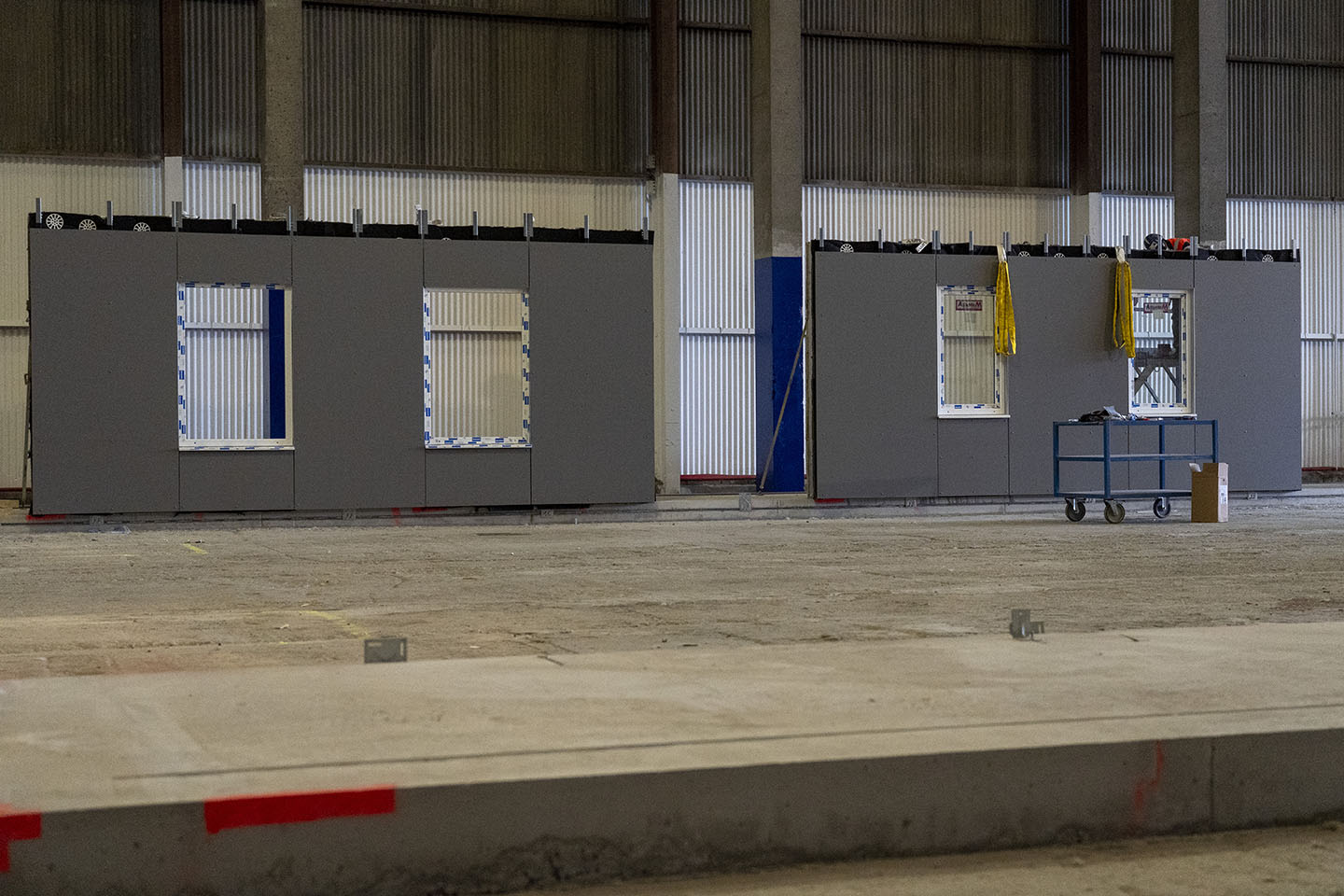
Simple, economical, fast and durable, REHASKEEN® makes it possible to industrialise and accelerate the renovation of energy-intensive buildings…
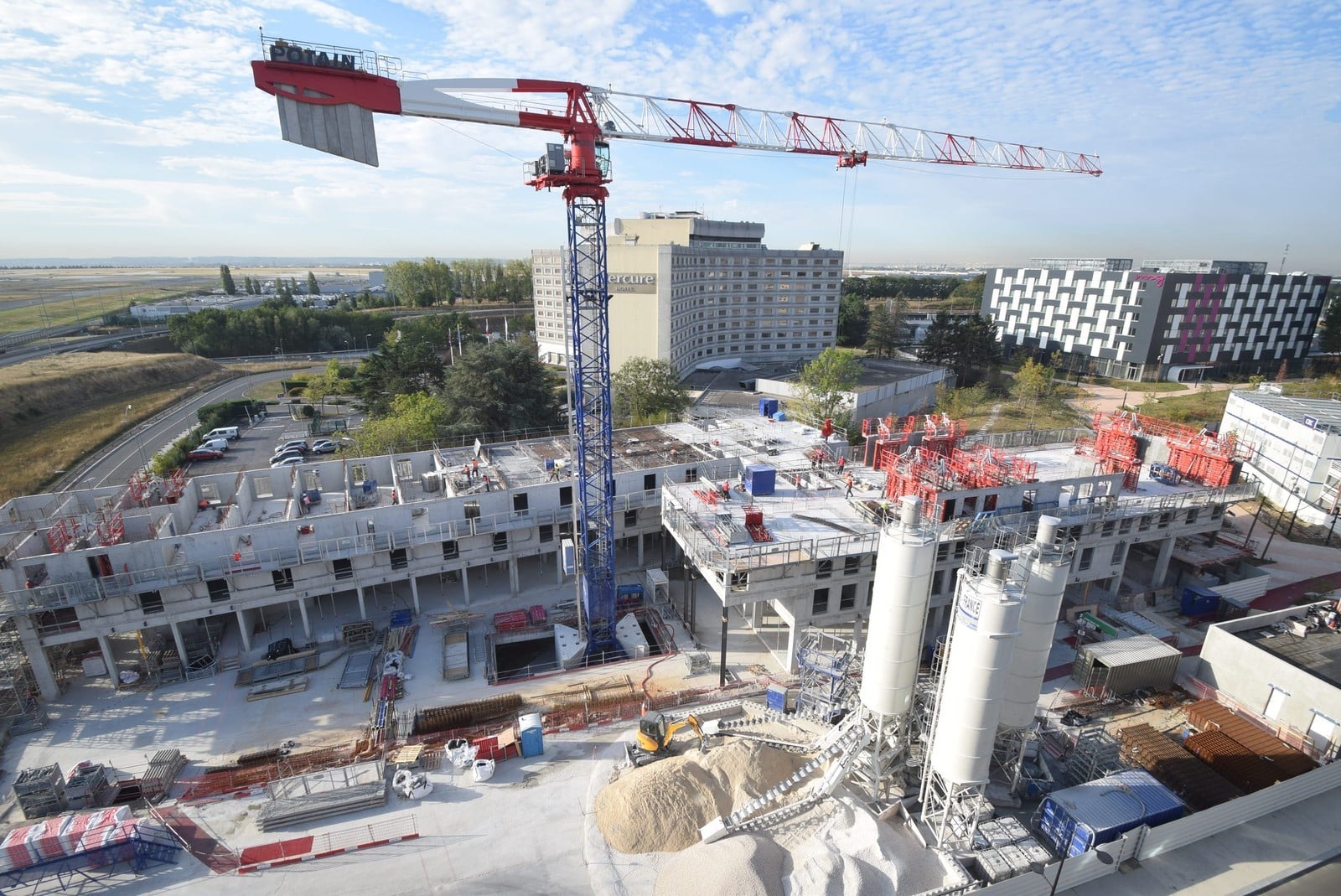
VINCI Construction is stepping up the pace of sustainable construction by promoting types of concrete with lower carbon emissions. With the launch of its new Exegy

The Power Road® system deployed by Eurovia captures and recovers up to 25% of the sun’s heat energy which is then used to heat buildings and equipment located near the roadway.
AFEP (Association of French large companies) is an association representing 111 of the largest companies operating in France. It participates in the public debate with the ambition to provide pragmatic answers in favour of the development of a competitive and sustainable French and European economy, conducive to the growth of all companies.